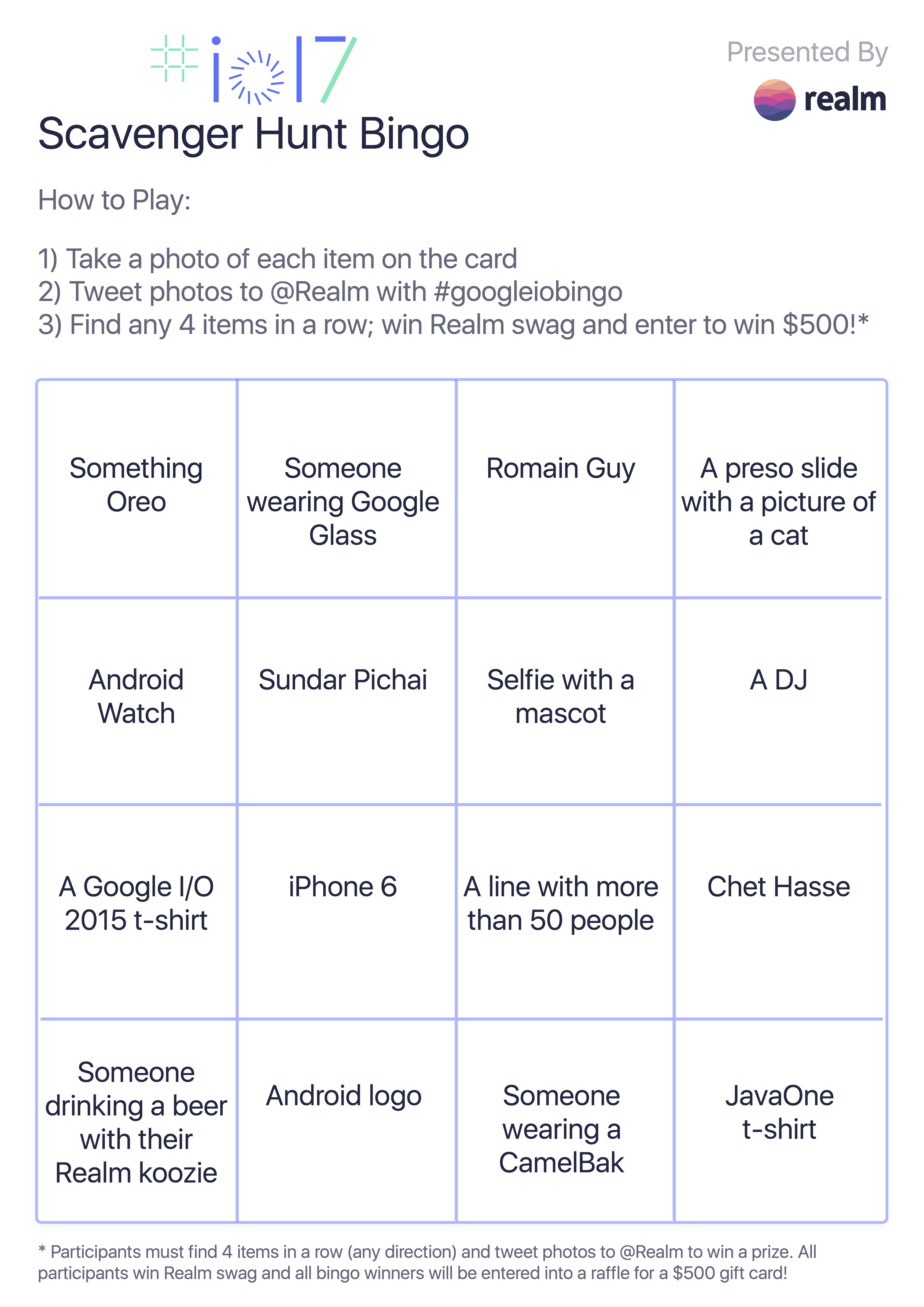Cartasite Delivers Industrial IoT with Realm Mobile Platform
Offline-first app for heavy industries seamlessly syncs field data with backend systems
Two months is a lightning-fast timeframe to develop a mobile IoT system that includes data sync and offline-first capabilities at it’s core. Yet the CTO and engineering team at Cartasite took on the bold challenge of doing just that. Using Realm Mobile Platform, they not only met the deadline, but surpassed their original expectations. The team delivered a stable, field-ready system with a user experience that was so fast and fluid, it blew even their CEO’s mind.
It all started when one of Cartasite’s clients needed to build a new field management tool for their water hauling business. Using a sensor installed on water trucks, Cartasite designed an IoT solution that would automatically track a wide variety of measurements during transport, from point of collection to disposal. Their fieldFLOW system would make it easier and safer for drivers to report on their loads through a simple mobile application.
Fast development, fast UX on Realm
From the beginning, the Cartasite team wanted to replace their existing underlying database architecture to create a faster, smoother, offline-first user experience. They knew that Realm could help them quickly test ideas, so they decided to try a proof-of-concept using Realm Mobile Platform. The team and their CEO were so impressed with the speed and “magic” of Realm that they proceeded to build out their new product on the platform.
“The very first time we connected to the Realm Object Server, it just worked. Everything else from that point on was pretty much just rock solid.” Chris Chares, Senior Mobile Engineer, Cartasite
An easier way to ensure network resiliency
Offline functionality is critical for field operations, and Cartasite needed the fieldFLOW system to function seamlessly in unpredictable network conditions. Realm’s offline-first architecture enabled the team to meet their client’s needs without having to deal with massive amounts of networking code. Realm’s client-side database makes current app data always available to the end user, providing a great offline experience with data input and access, as well as UI features, such as autocomplete search.
“If Realm was just an offline database, then I’d be happy to never use Core Data again. But the syncing functionality of the Realm Object Server is really quite incredible.” Chris Chares, Senior Mobile Engineer, Cartasite
Automatic data synchronization across platforms
When network connectivity is restored, the Realm Mobile Platform instantly syncs data updates in the background without disrupting the user’s flow. The platform’s data synchronization capabilities enabled the Cartasite team to bypass the time-consuming tasks of building, testing, and debugging complex networking code. With Realm, testing was easy. The team was able to put a lot of their business logic into the model layer and quickly spin up in-memory Realms to test against.
“Synchronization code is a minefield of potential bugs, and I don’t think we’d have anywhere near the level of stability we have right now if we couldn’t lean on Realm to handle that for us.” Chris Chares, Senior Mobile Engineer, Cartasite
Realm’s cross-platform architecture saved Cartasite even more time by providing them with one set of schemas for iOS, Android, and JavaScript that really simplified the business logic, as well as only one central server to manage. This enabled the team to significantly streamline their code and further reduce development complexity.
“By adopting the Realm Mobile Platform, we were able to reduce our mobile application code by 40%.” Laura Thompson, Senior Software Engineer & Architect, Cartasite
On-time delivery, in partnership with Realm
During development, Cartasite was able to partner with Ream’s technical support engineers to troubleshoot issues quickly, helping them meet their ambitious delivery timeline. By the end of the project, Cartasite had discovered a kinship in Realm’s approach to customer collaboration, which mirrored their own organization-wide focus on customer success.
“We feel that our experience with Realm is the kind of experience that we try to share with our customers. So that’s been the most positive thing.” Bill Sinclair, CTO, Cartasite
Ultimately, the time saved by building with Realm was put to good use. The Cartasite team had the freedom to focus on designing and developing the best possible product for their client within an accelerated timeline. And a great product means time saved on the road with more efficient, safer hauling operations.


 We are starting off this leg of the tour in San Jose followed by another stop in Seoul, then onto Toronto, Denver and Atlanta, and adding MORE cities as we go. You can see other stops on the tour
We are starting off this leg of the tour in San Jose followed by another stop in Seoul, then onto Toronto, Denver and Atlanta, and adding MORE cities as we go. You can see other stops on the tour 